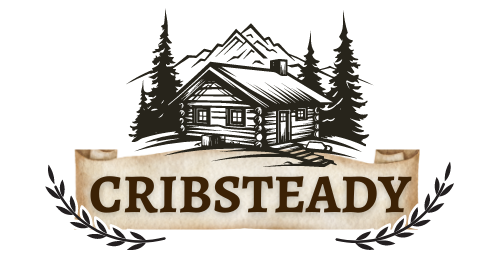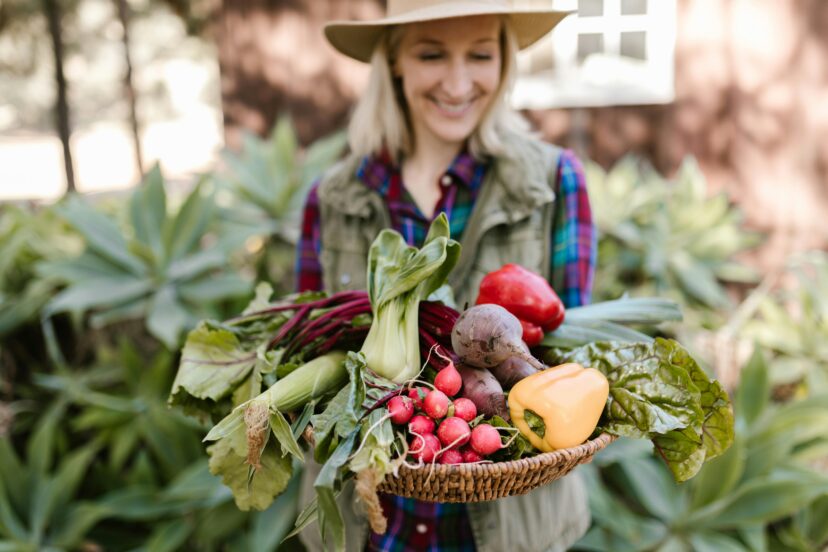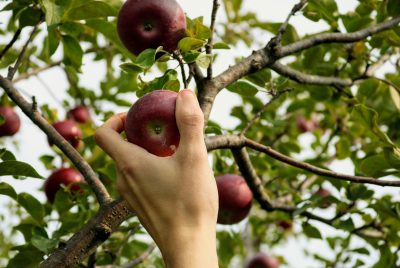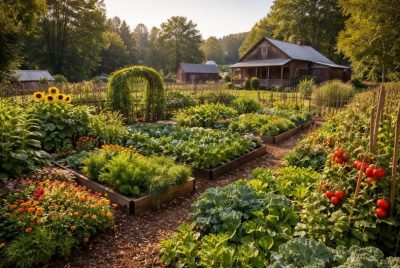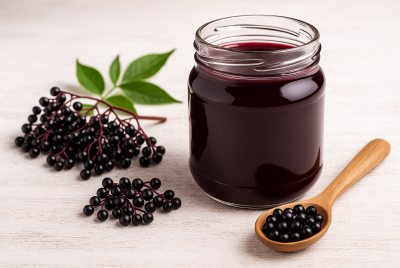How to Start Homesteading and Embrace Self-Sufficiency
We may earn a commission for purchases made using our links. Please see our disclosure to learn more.
Self-reliance, sustainability, and creating a connection with nature are the core values of the homesteading lifestyle. Many people and families are going back to the basics in a world where ease and technology rule. If that’s you, then this guide on how to start homesteading is a good starting point. You can embrace the homesteader mentality and gradually build the skills you need to live more independently. Regardless of whether you are in the city, suburbs, or rural.
What Is Homesteading and Why Start Now?
Homesteading is a lifestyle focused on growing your own food, raising animals, and conserving resources. Basically, it’s all about creating a self-sustaining home. How did it started? Well, it originated from early American settlers but has taken on a modern meaning: freedom from consumer dependence.
So, why start homesteading now?
- Rising food prices make homegrown produce more appealing.
- Supply chain issues reveal the vulnerability of modern systems.
- Sustainable living is no longer optional—it’s essential.
- Mental health benefits from working outdoors, growing your own food, and adopting slower living are well-documented.
Even if you’re just starting with a single tomato plant or making your own cleaning products, every step toward self-sufficiency counts.
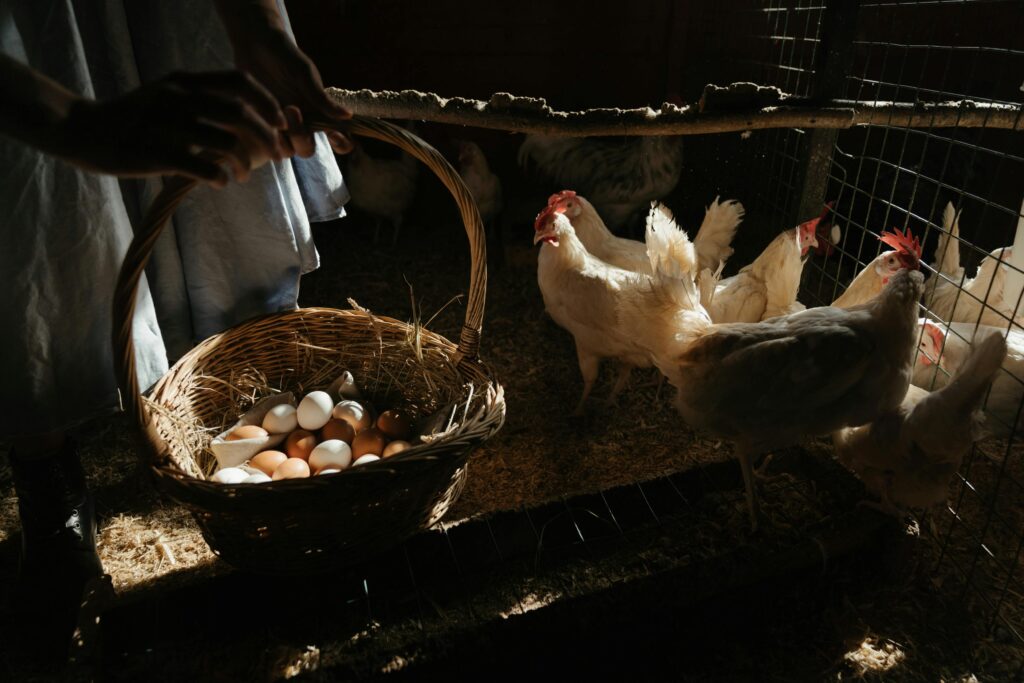
Essential First Steps to Begin Your Homesteading Journey
If you’re new to the idea, how to start homesteading can seem overwhelming. Here’s how to break it down into manageable parts:
1. Define Your Goals
Are you more interested in gardening, raising chickens, or preserving food? Start with what excites you most.
2. Start Small
Begin with a few pots of herbs, a compost bin, or simple home projects like DIY cleaners or reusable storage.
3. Understand Your Space
Even a small backyard or balcony can be transformed into a productive space. Know your sunlight, soil quality, and local zoning laws.
4. Learn Basic Skills
Canning, fermenting, sewing, bread baking, and composting are foundational skills worth learning early.
5. Connect with a Community
Facebook groups, local gardening clubs, and online forums can offer support, tips, and inspiration from others on the same journey.
Tools and Supplies You’ll Need to Get Started
You don’t need to break the bank to start homesteading, but a few essentials will make your journey easier. These affordable, top-rated products are perfect for beginners:
- Fiskars Garden Tool Set – Durable and ergonomic, perfect for daily gardening tasks.
- VIVOSUN Seedling Heat Mat – Ideal for starting seeds indoors during cooler months.
- Ball Mason Jars – Essential for canning, fermenting, or storing homemade goods.
- Hand Crank Grain Mill – Great for milling flour or cornmeal at home.
- Omlet Eglu Chicken Coop – Compact and easy to clean, ideal for 2–4 backyard chickens.
- Compost Bin with Filter Lid – Helps reduce waste and enrich your garden naturally.
Investing in the right tools early on can boost your confidence and efficiency.
The Science Behind Homesteading’s Growing Appeal
Numerous studies support the positive impacts of homesteading related practices on both mental health and food resilience. A comprehensive review on the mental health benefits of gardening revealed significant improvements in well-being. This includes reduced anxiety and depression, which is great, by the way. This aligns closely with the daily routines of homesteaders, who often find therapeutic value in tending to plants and animals. In parallel, a systematic review on small-scale farming and food security emphasized how home-based agriculture can play a vital role in boosting household resilience and sustainable food production. Especially in uncertain times. Together, these findings validate homesteading as a meaningful, research-backed lifestyle shift.
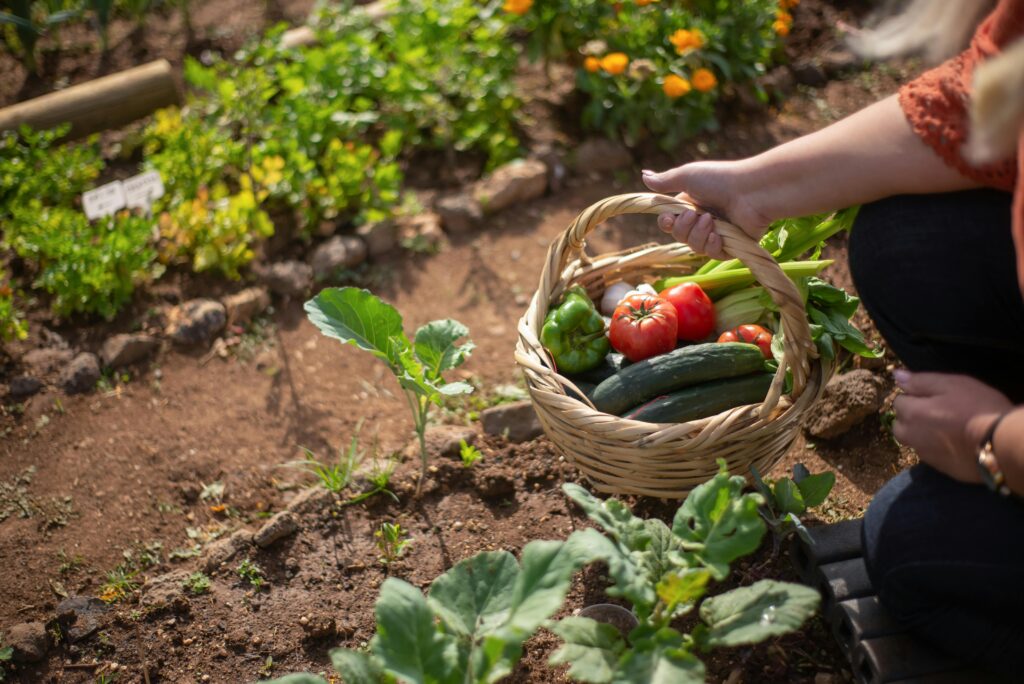
Smart Storage and Space Management Tips
Space is often the first concern new homesteaders face. The good news? You can maximize any area with creativity and organization.
From stackable bins to vertical garden setups, smart storage makes even small spaces functional. Pegboards for tools, labeled pantry jars, and compact compost bins can help keep your space efficient and tidy.
Another must-have for homesteaders focused on sustainability is water conservation. Explore this guide on rainwater harvesting systems to make the most of nature’s resources while cutting down on utility costs—especially valuable in dry seasons or off-grid setups.
How to Involve the Whole Family
Homesteading is even more meaningful when the whole household gets involved.
- Kids can learn to water plants, collect eggs, or help prep meals with fresh ingredients.
- Teens can manage composting or learn woodworking.
- Adults benefit from shared responsibility and stronger bonds.
Working together not only reduces the workload—it strengthens relationships through shared purpose.
Common Mistakes to Avoid When Starting Out
Starting a homestead doesn’t mean going full throttle right away. Here are a few beginner pitfalls:
- Doing too much at once – Start with 1–2 projects and build slowly.
- Ignoring climate realities – Not all crops thrive in all regions. Know your USDA zone.
- Skipping soil prep – Healthy soil is essential. Don’t cut corners on compost or amendments.
- Underestimating time – Even small gardens require consistent care.
Being mindful of these can help you stay motivated and avoid burnout.
Conclusion
Homesteading is a journey—one that brings peace, purpose, and pride. Whether you start with a potted herb on your balcony or go all-in with a backyard garden and chickens, you’re building something real and meaningful.
When you learn how to start homesteading, you’re not just planting seeds—you’re sowing a future of freedom, resilience, and deeper connection with the earth.
FAQs
Q1: Can I start homesteading if I rent my home?
Yes! Use raised beds, container gardens, and portable compost bins to get started. Always check lease agreements for restrictions.
Q2: What’s the cheapest way to begin?
Start with free or low-cost activities like composting, collecting rainwater, or growing herbs in recycled containers.
Q3: Do I need animals to homestead?
No. Many successful homesteads are plant-based, focusing on gardening, foraging, and preserving food.
Q4: Where can I learn more skills?
YouTube channels like Homesteading Family or books like The Backyard Homestead are fantastic resources.
Q5: How long does it take to be self-sufficient?
It’s different for everyone. Some aim for 30% self-sufficiency in their first year. The key is consistent learning and progress.
